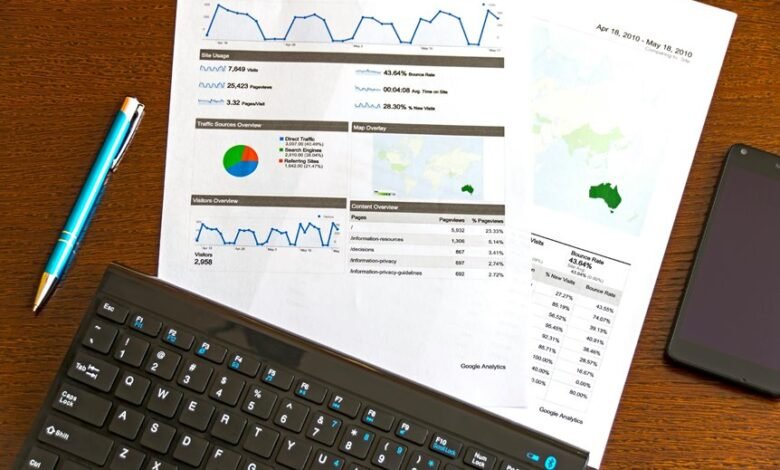Executive Dashboard Insight: 18002363796, 18002583488, 18002762317, 18002763571, 18002904887, 18002965598

The executive dashboard serves as a pivotal tool for leaders, offering immediate access to vital metrics linked to specific identifiers such as 18002363796 and 18002583488. This real-time data is essential for monitoring performance trends and financial health. Its impact on decision-making processes is profound, yet the nuances of how these insights can drive operational efficiency remain to be explored. Understanding this relationship is crucial for effective strategic alignment.
The Importance of Real-Time Data in Executive Dashboards
How critical is real-time data for executive dashboards?
Real-time analytics enhances decision-making by providing immediate insights, thus improving data accuracy. Executives rely on timely information to respond swiftly to market changes and operational challenges.
Without real-time integration, dashboards risk presenting outdated data, which may mislead strategic initiatives. Therefore, the significance of accurate, up-to-date information cannot be overstated in effective executive management.
Key Performance Indicators to Monitor
Real-time data analytics not only enhances decision-making but also underscores the importance of monitoring specific Key Performance Indicators (KPIs) within executive dashboards.
Effective KPI selection strategies are crucial for organizations aiming to identify performance trends analysis. By focusing on relevant metrics, executives can gain insights into operational efficiency, customer satisfaction, and financial health, enabling data-driven decisions that foster organizational growth and adaptability.
Enhancing Decision-Making Through Data Visualization
Data visualization serves as a powerful tool for enhancing decision-making processes within organizations.
By leveraging visual analytics, stakeholders can interpret complex data sets swiftly, allowing for informed choices.
Effective data storytelling further articulates insights, transforming raw data into meaningful narratives.
This combination fosters clarity, promotes understanding, and ultimately empowers decision-makers to act confidently, ensuring that organizational goals align with strategic objectives.
Conclusion
In conclusion, the integration of real-time data within executive dashboards, exemplified by metrics such as 18002363796 and 18002583488, underscores a pivotal shift in organizational management. As leaders navigate the complexities of modern business, coincidentally leveraging these insights can lead to improved financial health and operational efficiency. This analytical approach not only mitigates risks but also aligns strategic objectives, ultimately fostering a culture of proactive decision-making that enhances responsiveness to market dynamics.





